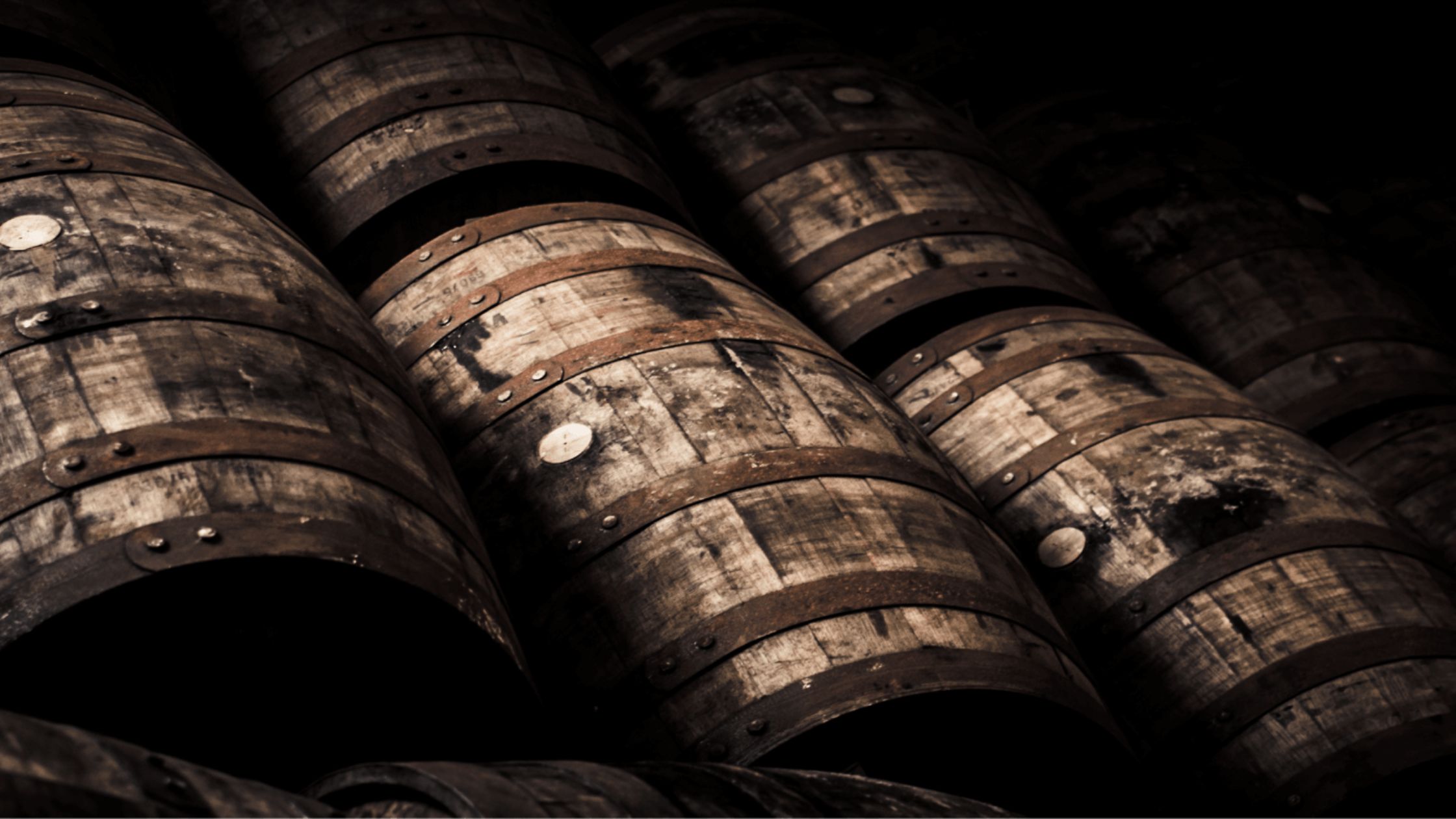Best Liquor Under ₹10,000 for a Perfect New Year 2026 Party
2025-12-05


When whisky fans talk about casks, the conversation usually circles around oloroso sherry, PX, or exotic wine finishes. Ask the same people about bourbon casks, the barrels behind most of the whisky in your glass, and you’ll get a shrug and a vague nod toward “American oak.”
That’s not just a missed opportunity. It’s a blind spot.
In this article, we’re lifting the lid on the unsung heroes of whisky maturation. From the sourcing chaos to the flavour science, here’s why bourbon casks deserve the same respect we lavish on their European counterparts.
Before a barrel ends up in a Scotch warehouse, it usually starts its life in Kentucky, Tennessee, or somewhere else on the American whiskey map. By law, bourbon must be aged in new, charred oak barrels, typically made from Quercus alba, or American white oak. Once used, these barrels are often sold to Scotch, Irish, or world whisky producers.
They’re called ex-bourbon barrels. But that name hides a world of variation.
Here are just a few variables that can affect how a bourbon cask performs during whisky maturation:
| Factor | Why It Matters |
| Oak species | Most are white oak, but not all. Different species affect flavour release and liquid absorption |
| Drying method | Air-dried staves mellow tannins, while kiln-dried wood can behave more aggressively. |
| Toasting & charring | Toasting draws out sweet, spicy notes. Charring creates charcoal for filtration. The depth and duration change everything. |
| Mash bill of the bourbon | A high-rye bourbon leaves different residues than a wheated one. Those remnants can show up in the whisky. |
| Maturation history | Was it holding 4-year bourbon or 12-year single barrel? That changes how “active” the wood still is. |
| Shipping method | Was it shipped wet or dry? Whole or broken down? These affect freshness and structural integrity. |
Part of the problem is access to information. Sherry and wine casks are romanticized. Their stories get told: vineyard names, bodega partnerships, and solera ages. Bourbon casks? Most of the time, the distillery buying them doesn’t even know which bourbon was in them, let alone what mash bill or charring level was used.
And the irony? Bourbon casks are often more consistent, better seasoned (in the literal sense), and more structurally sound than many sherry casks, some of which were never even used to mature drinkable sherry.
As David Ferguson from Lochlea Distillery points out, “There’s a perception that they’re all very similar. They’re not.”
So why is the bourbon barrel market such a mystery?
To answer that, you need to understand how barrels move through the system.
“You can have any spec you want as a customer,” says Martin Purvis of Kelvin Cooperage. “But that doesn’t mean it’s sensible. Or available.”
If you’re a small distillery looking for 50 barrels from Wild Turkey that held 6-year bourbon with a medium toast and heavy char? It’s possible. Want 2,000 like that? Forget it.
Read also: Nikka From the Barrel vs. Hibiki Harmony: Battle of the Blends
Bourbon casks are typically associated with flavours like:
But that’s just the start. The type of char, the toasting method, and the leftover bourbon residues all impact the final character.
Here’s a simplified guide:
| Bourbon Cask Characteristic | Flavour Influence |
| Heavy toast, light char | More sweet vanillins and creamy coconut |
| Light toast, heavy char | More filtration, bolder wood notes |
| Ex-rye barrel | Spicy edge with herbal undertones |
| Ex-wheated bourbon barrel | Softer, rounder sweetness |
It’s not just “American oak.” It’s a spectrum.
One lesser-known detail that can make a huge difference is whether the barrel was shipped “wet” or “dry.”
Some distilleries specify “wet fill only” to maximize flavor extraction. Others accept whatever is cheapest and available. Many, frankly, don’t know what they’re getting.
That lack of transparency is what frustrates many producers who care.
Not everyone is sleepwalking through their bourbon cask buying.
These are the exceptions. But they prove it’s possible.
Three main reasons:
But this is changing.
“Consumers are asking tougher questions now,” says Ferguson. “They want transparency. They want to know how every part of the process affects flavour.”
Read also: Best Grain Whiskies in the World (2025): From Scotland to Japan
If you care about sherry casks, you should care about bourbon barrels just as much, maybe more. They’re not just flavour vessels. They’re part of the whisky’s identity.
So the next time you pick up a bottle that says “ex-bourbon,” don’t let that be the end of the story. Ask the question. Where did it come from? What was in it? How was it handled?
Because when it comes to casks, the more you know, the better your dram gets.